The differences between the Garmin Edge 530 and Edge 830 [Review]
Every year, Garmin revamps one or two of their bike computers. In 2019 the 500 and 800 series were up, and the 530 and 830 underwent a little makeover. Two bike computers with navigation and a whole lot of fun new extras. The new Garmin Edge bike computers are especially interesting for our beloved mountain bikers. Time for a review!
It came as a bit of a surprise when Garmin released a new model from both series, but it was definitely a good surprise. The new Edge 530 and Edge 830 are a great asset to road cyclists and MTB riders alike.
Bike navigation
Naturally, both of these new Garmin computers are equipped with bike navigation. This is no surprise. Particularly, the new functions will appeal to the more fanatic road cyclists and MTB riders. For the latter, Garmin even added a few MTB-specific functions.
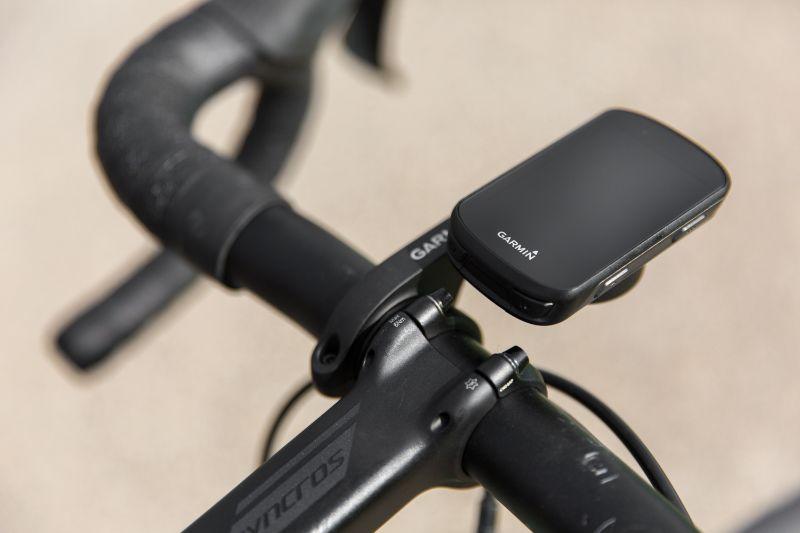
The most notable difference between the two devices is that the 530 does not have a touch screen. Also, the navigation feature is a bit more simple on the 530. For instance, you can't create routes on the device itself.
At first glance, the differences between the two are minor. In order to find out about the more distinct differences between the two, you have to use both devices for an extended period of time. Time to take these Garmin computers out for a spin! First, we'll discuss the 530, simply because this was the first available model.
What's inside the box?
As with all Garmin computers, this device comes with an out-front mount; a mount that can be placed onto your handlebars. It includes all the necessary pieces of rubber and rubber bands that you need to mount everything nicely, without scratching anything.
Straight out of the box, you'll notice that the 530 is quite compact. It is just a tad bit bigger than the 830. The buttons on the sides and bottom feel comfortable and sturdy, and the display looks nice.
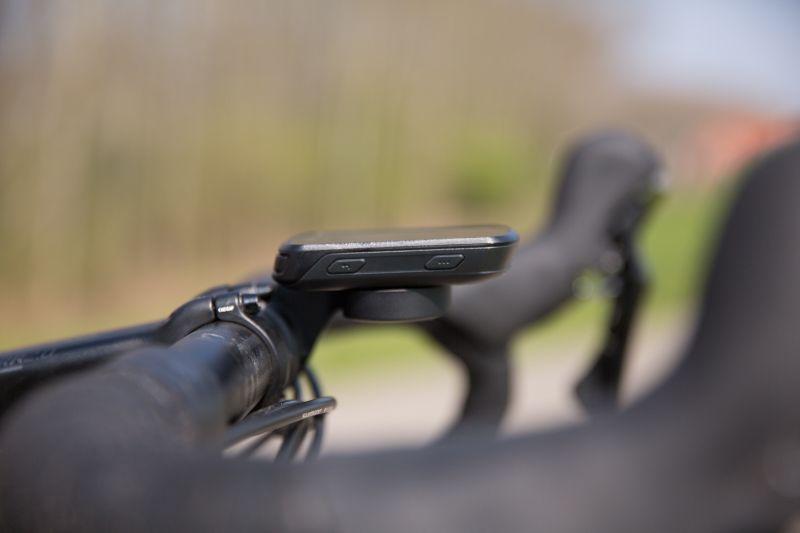
However, I notice a considerable difference when I turn on the device, which takes just a few seconds. This is a huge difference compared to older Garmin devices.
Another big improvement is the fact that both bike computers have a battery life of a whopping 20 hours. Moreover, if you pair the device with a Garmin Charge Power Pack on the flush mount that comes included, you can even get 40 hours of battery life!
Aside from that, the Edge 530 and the 830 both have wifi, as is standard nowadays. This allows you to exchange data and upload your rides faster. Just make a quick route or training session in Garmin Connect, upload it, and you're ready to go!
Make your own profiles
Anyone who is accustomed to how the Garmin menu is structured will be able to find the familiar and new features fairly easily. As we know from Garmin, connecting to sensors is easy and hassle-free
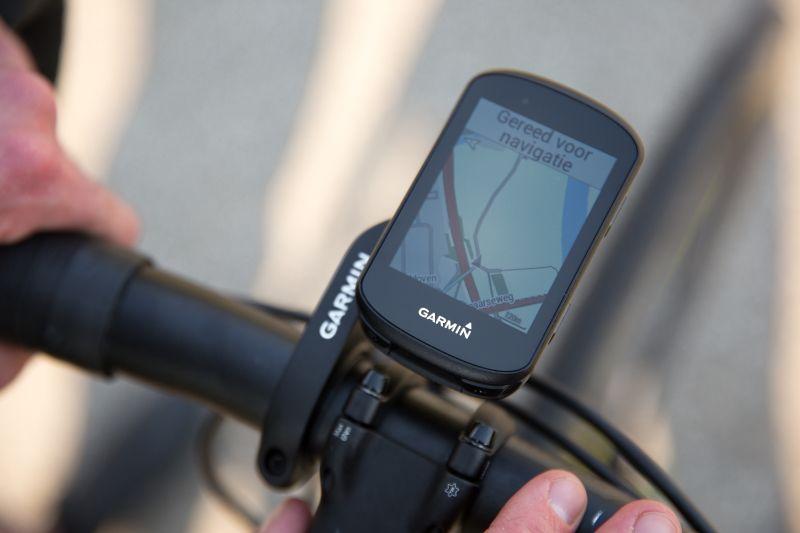
Choosing the right profile for your ride is easy. You can make profiles for any type of cycling: road cycling, MTB, indoor, spinning, anything is possible. For each profile, you can select which information you want to see on your display, so that you'll always be able to see the data that is relevant for your activity.
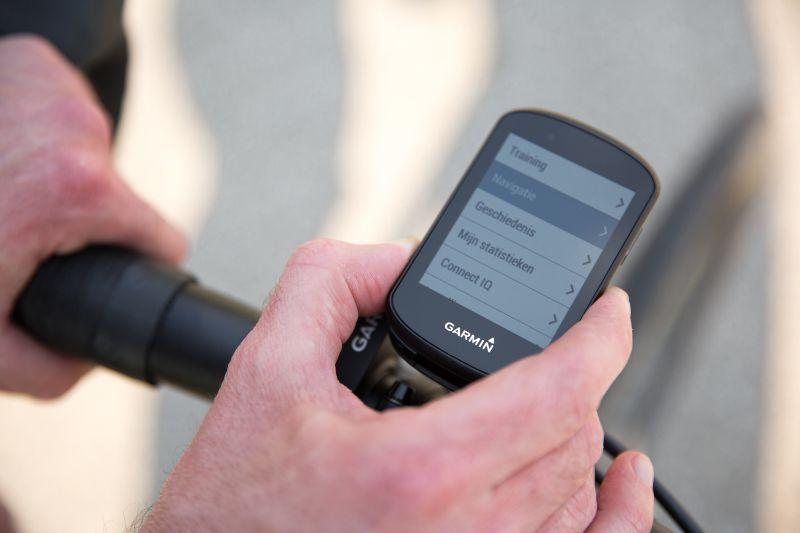
It's quite convenient that you don't have to select the sensors for each profile. Your Garmin device will detect which sensors are on and connect automatically, if you've already paired them before, that is. This is especially useful if you sometimes switch the sensors on your bikes, when a battery runs low for instance.
The first ride with bike navigation
For my first ride, I'm planning a short route of about 50 kilometres on terrain that I know and am comfortable with. Let's see what this Garmin device does when I purposefully take a wrong turn, because rerouting used to be very slow on its predecessor.
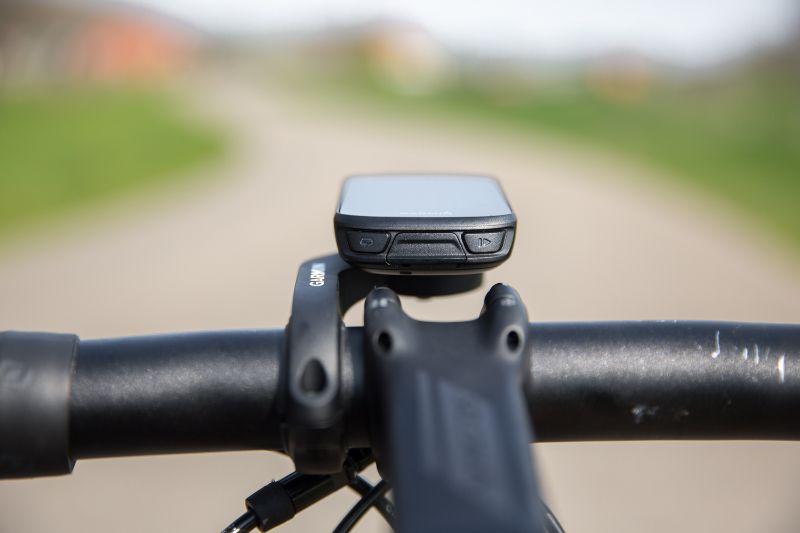
The Edge 530 is steadily doing its thing on the first 10 kilometres, and I'm faithfully following the route. The directions are clear, and they're suggested at the right moment. Thanks to the slightly larger display, the route is clearly laid out and easier to follow. Even with the sun glaring onto the display, it's still perfectly legible.
Super-quick rerouting
And then it's time to diverge from the route. I'm excited to see what the Edge 530 will do. It responds with a fast change to the route, a lot quicker than I was used to. The first 100 to 200 metres however, it wants to direct me back to the old route.
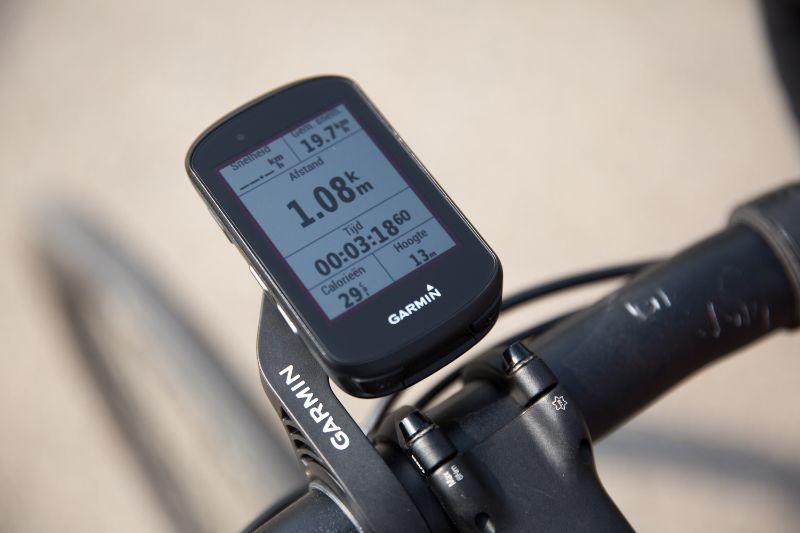
When I ride further along, the device practically immediately calculates an alternative route that leads me back to the main route by way of a little detour. This is exactly what I want! Quick and practical. What's more, the detour turns out to be an unfamiliar little path that is a lot more beautiful than my standard route. It's a win-win situation!
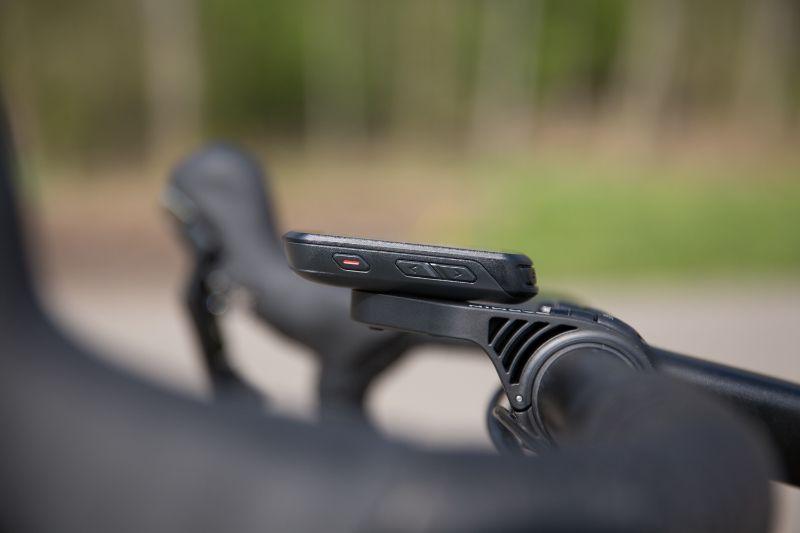
I diverge from the route a few more times, and each time the device comes up with a perfect reroute. I'm especially impressed with the rerouting calculation speed.
Trailforks, GPS, Glonass and Galileo
After this road route, I went for an MTB ride in the forest. The Edge 530 allegedly also performs better than its predecessor in forested areas. In particular, the option to choose Glonass or Galileo next to GPS gives you a better and more precise record of your covered route.
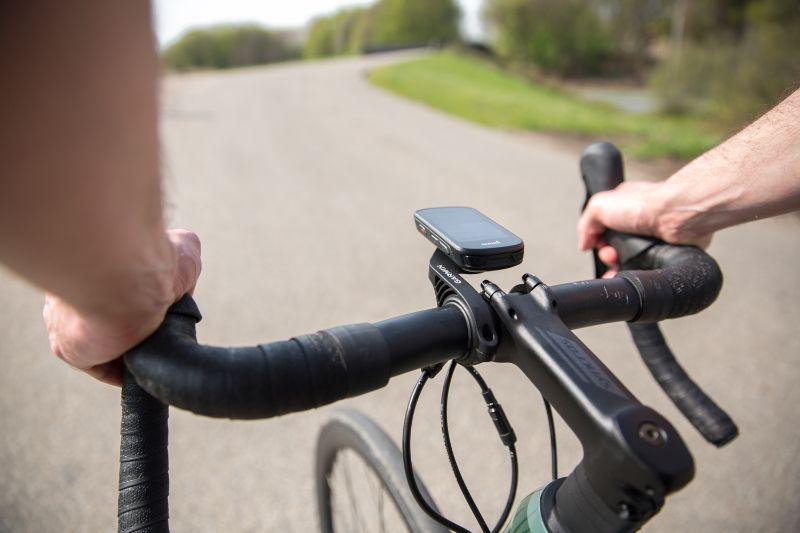
With the earlier version, route calculations would often not be very precise in heavily forested areas. However, with Glonass switched on in addition to GPS, the Edge 530 has no trouble keeping up with where I am, or calculating directions.
Aside from the addition of Glonass and Galileo, the Edge 530 has other fun features for mountain bike riders. For starters, the Trailforks App is installed as standard on the 530. This makes finding new routes on homeland or abroad a lot easier.
Even more data! Live altitude map, jumps and airtime
For the real fanatics among us, the Edge 530 now keeps track of the number of jumps, your airtime and your flow. After you finish your ride, you can see exactly how many jumps you made and what your airtime was. Although this is not a necessary feature, it is quite fun to see this data!.
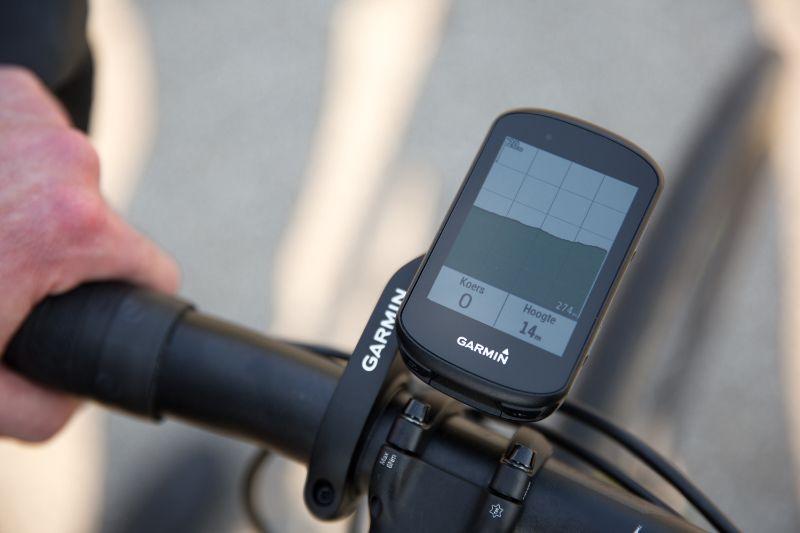
ClimbPro is a feature that I expected a lot from. If you're riding a pre-planned route, this feature shows you an altitude profile card for every notable climb. It shows you the gradient of the climb and pinpoints your location on the climb in real-time.
I won't say I tend to speed up hills, but I do like a bit of a climb. As such, some extra feedback during a climb is very welcome. During my first climb, a nice little altitude map pops up showing my position. On the more well-known climbs this altitude profile is not very convenient, but in new areas especially, it can make a real difference.
Time for my 500 to retire
Anyone who's done some cycling on holiday has under- or overestimated the intensity of a climb at some point. This does not have to happen anymore. This device even lets you plan your climb in such a way that your recovery time coincides with riding a flatter stretch. This allows you to save energy when possible, but also lets you know when to put in some extra work because you've almost reached the end of your climb.
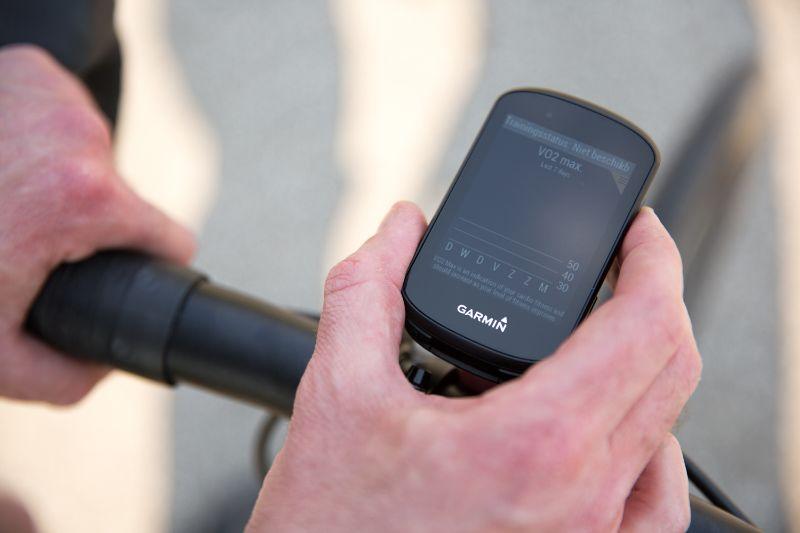
As far as I'm concerned, this is truly the nicest and most convenient addition to the new Garmin Edge 530. Reason enough to retire my antiquated Garmin 500. But in addition to the 530, Garmin also released the Garmin Edge 830, which I also got to try out. So, before I reach for my wallet to purchase the 530, I'm first going to go on a few rides with the 830.
Just a bit more extensive
The Garmin Edge 830 is not that different from the 530 looks-wise. Still, it has a touch screen, and therefore has fewer buttons. Otherwise the casing is exactly the same as the 530.
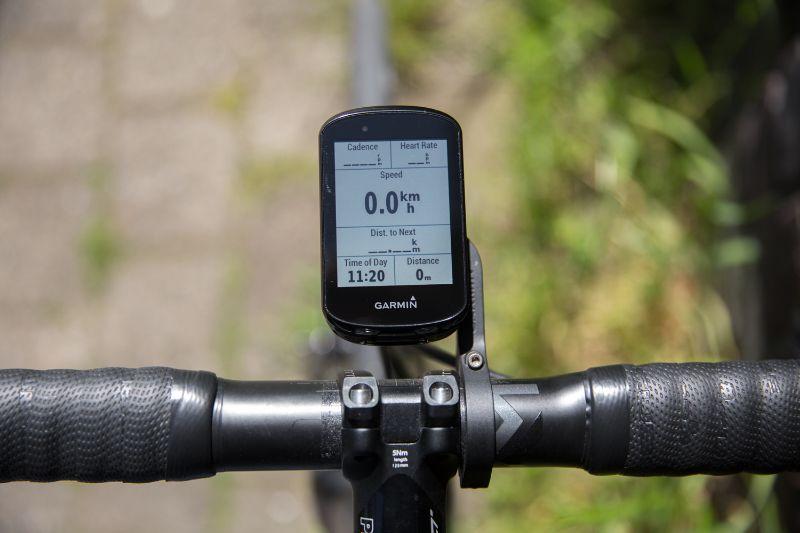
The internal differences between the Garmin Edge 830 and the 530 are not that big. The main technical difference is in the navigation. The Edge 530 can only navigate routes that have been uploaded in advance. The Edge 830 can make its own routes, for instance, when you type in an address.
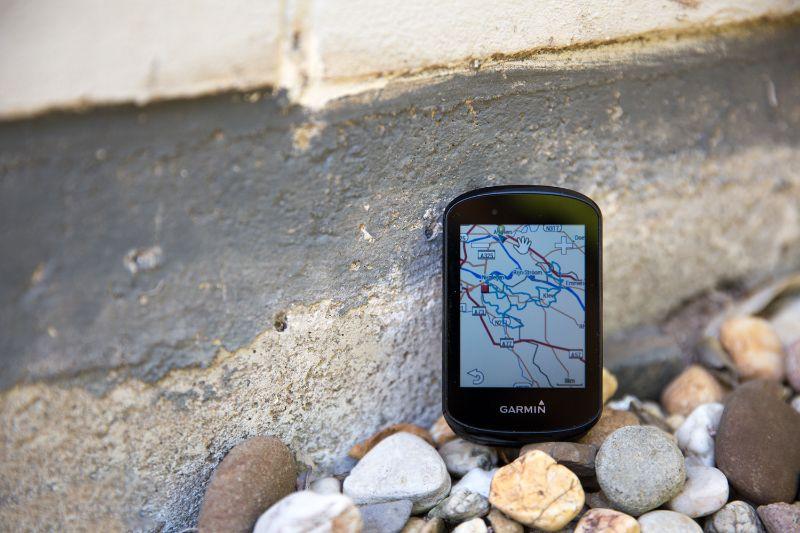
The latter is especially helpful if you don't want to depend on the device being paired with your phone. While riding, I'm also taking the opportunity to try out some new features that can be found on the Edge 530 as well.
Keep precise track of you performances
Cycling dynamics is one of the features that can be found on both new Garmin devices. This really isn't a single feature, but more of a total overview of your performance, fitness and training sessions. All your efforts are compared, which results in the cycling dynamics data.
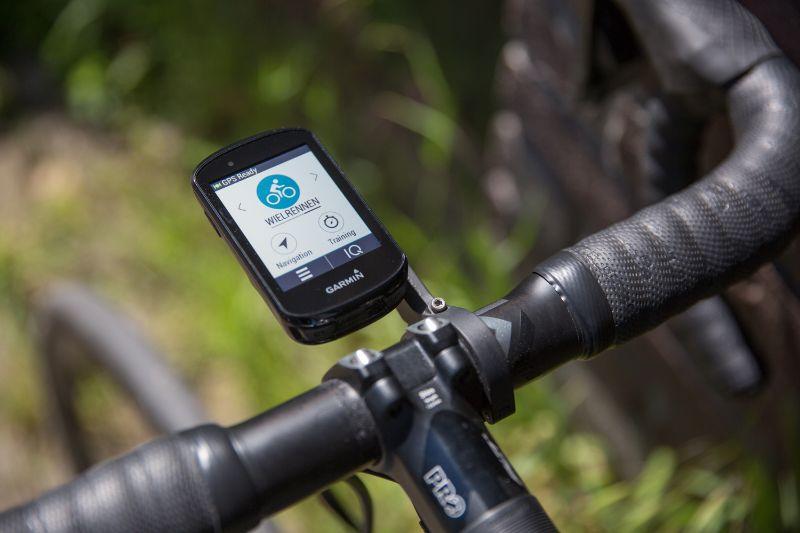
Not only does it show if you've trained hard enough, it also shows when you should take a day off from cycling to rest. Even temperature and altitude are displayed to help you perform better. This feature can also be found on the 530..
Waiting for rain
The biggest difference between the two models is that one has a touch screen and the other does not. But is this difference worth the extra money? The best way to test this is by riding in the rain. After all, touch screens and rain are not always a good match. So, I kept an eye on the weather radar and hoped for some heavy rainfall.
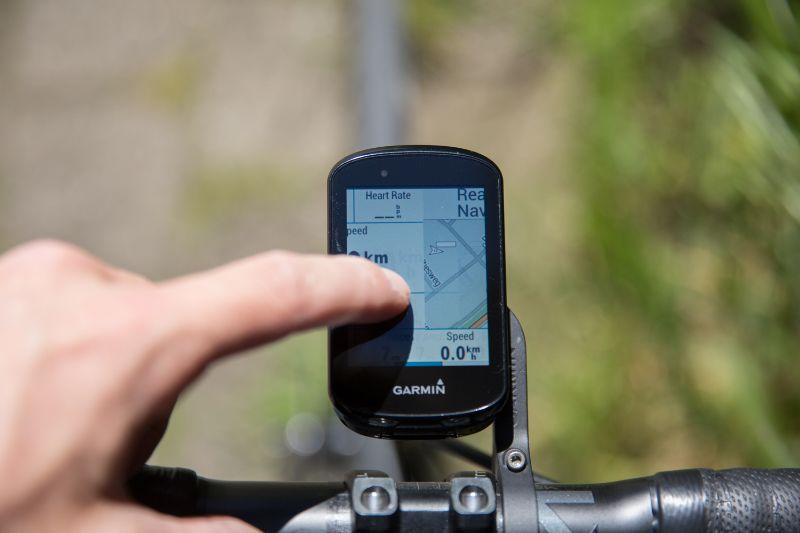
After a few days of waiting, rainfall came at just the right moment. It came at the perfect time because I had already planned on taking my MTB out for a ride in the forest. Gunk and rain guaranteed.
Swiping and scrolling through the menus went fine and super fast when it was dry. To my surprise, it continued to function properly in rain and with mud on it as well. And it was raining cats and dogs, not just a few drops.
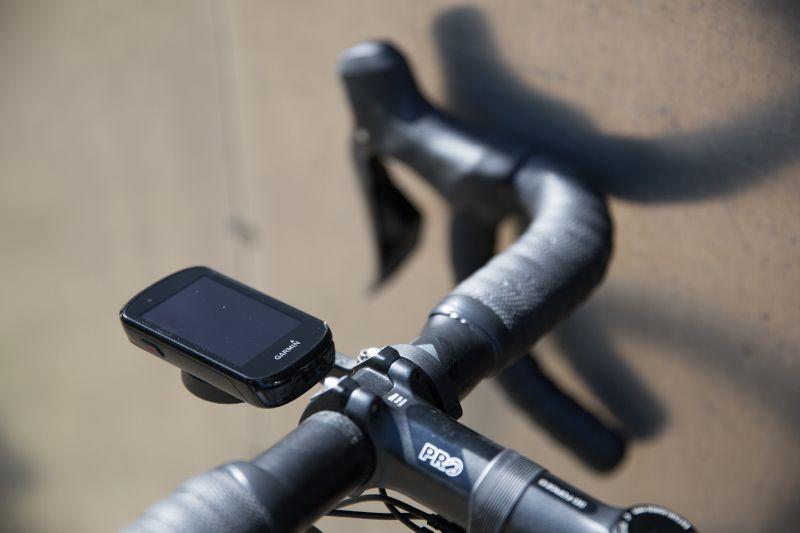
So, the touch screen truly performs as you would expect. It is reliable in any circumstance. No more endless swiping or weird double taps when you're not even touching it. What's more, it still worked perfectly after a rain soaked ride.
And there's more …
The Edge 830 and the Edge 530 have a few more features that are quite impressive. One of them is Bike Alarm. This makes an alarm go off on your Garmin if your bike (or bike computer) is moved.
The device itself starts beeping, and if your phone is paired through Garmin Connect it will also give off a signal. This is very convenient when you're on a pee break and can't keep an eye on your bike.
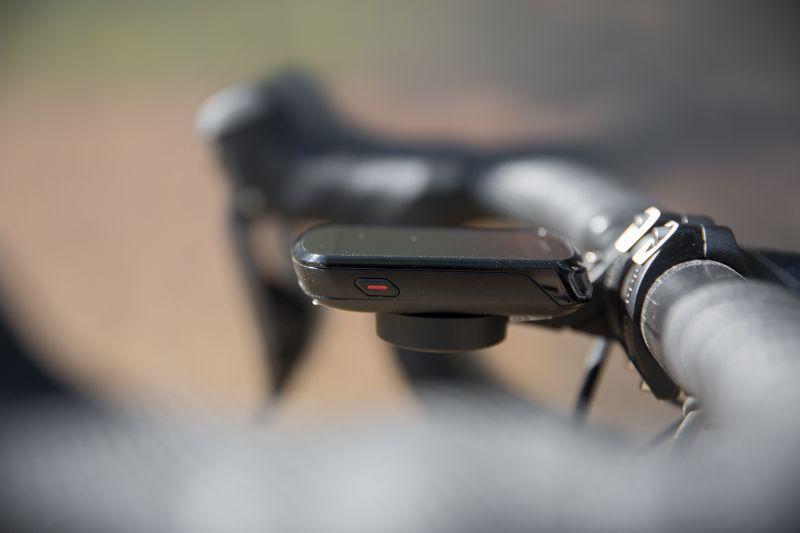
Find My Edge is a similar feature. Should your Garmin Edge fall off your bike for some reason, or if you just can't seem to locate it, Find My Edge allows you to view the last known location of your device through Garmin Connect. If you're lucky, it might just be waiting for you on the side of the road.
Speaking of falling… I have dropped the 830 test model several times. And just like with my old 530, this had no effect on the device whatsoever. With the exception of one small scratch, it looked like it was still new after three weeks of rigorous testing.
Okay, one more
Another practical feature that should be mentioned is that this Garmin device keeps track of the intensity of your exercise, and how this should affect your food and drink intake.
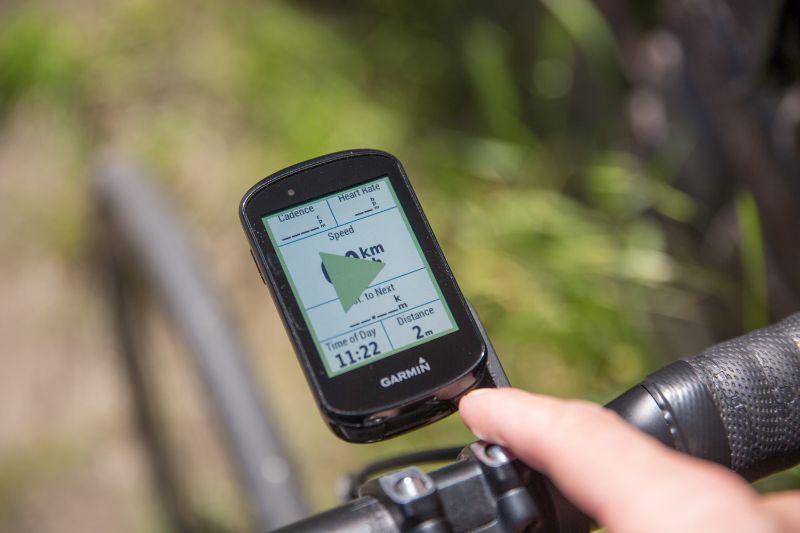
Do you have a Garmin Connect profile? If so, this data will be used to calculate what you should eat and when. During your ride you can even receive an alert letting you know that you should eat a protein bar or hydrate. Very convenient for those of us who tend to forget.
Difficult choice
Having alternated between the Edge 530 and the Edge 830 for about a month and a half, I find it quite difficult to choose between the two.
On the one hand, the differences in functionality are not very big. The touch screen and fewer options for bike navigation are most notable here. However, they're both very fast, sturdy, and compact.
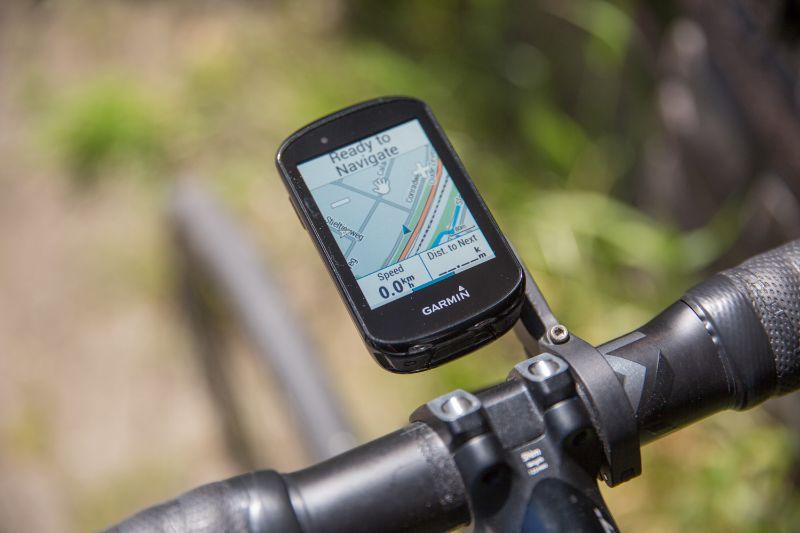
The touch screen on the Edge 830 works perfectly, even in bad weather. On the other hand, the buttons on the 530 work great as well, also in bad weather conditions.
Still, I opted for the Edge 830. Simply because I find the extra possibilities with regards to navigation very helpful. For me, being able to quickly make or change a route on a cycling holiday is crucial.
Olle Vastbinder
You can find me on a bicycle almost every day. I commute each day from my house to work and back. Often on my road bike, and during the winter on an old crosser. And if that isn't enough, you can find me on my bike during most weekends too. On my trusty road bike or my mountainbike. And if you can't find me outdoors riding my bike, odds are I might be riding on Zwift
Related posts
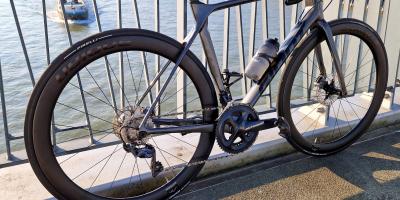
Ubique R50C Carbon Road Bike Wheels Test Week [Review]
12 June 2023Looking for a good upgrade for your road bike? The first thing you probably think of is a new (carbon) wheelset ...

The Wahoo ELEMNT ROAM v2 Cycle Computer [Review]
11 October 2022The Wahoo ELEMNT ROAM v2 is the latest addition to Wahoo's range of cycle computers ...

Cycle computers: The Garmin Edge 1040 and the Garmin Edge 1040 Solar [REVIEW]
8 June 2022In 2022 Garmin launched the new Garmin Edge 1040 and Garmin Edge 1040 Solar cycle computers ...
 Nederland
Nederland België
België Deutschland
Deutschland United Kingdom
United Kingdom Finland
Finland Ireland
Ireland Luxembourg
Luxembourg Portugal
Portugal Poland
Poland Österreich
Österreich France
France España
España Italia
Italia Sverige
Sverige Danmark
Danmark










































































































































































































































